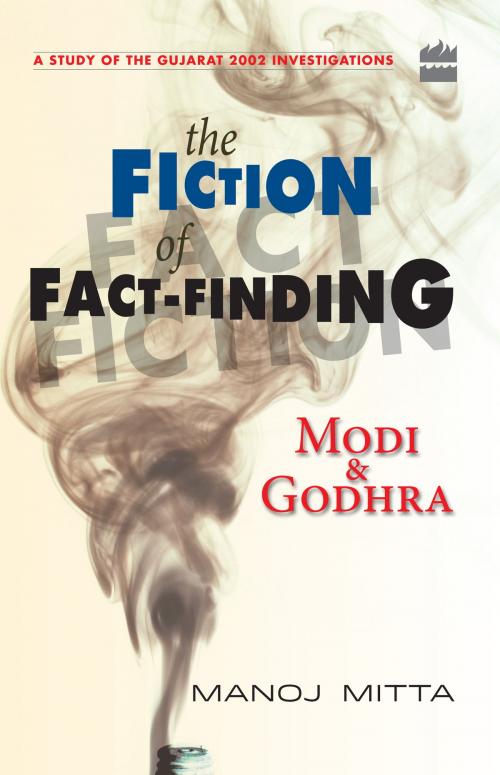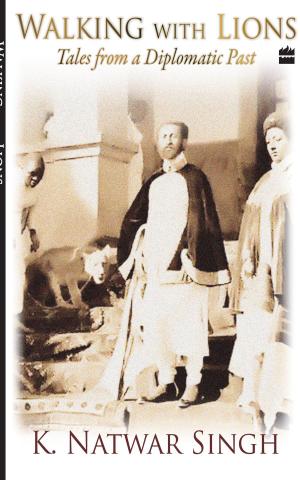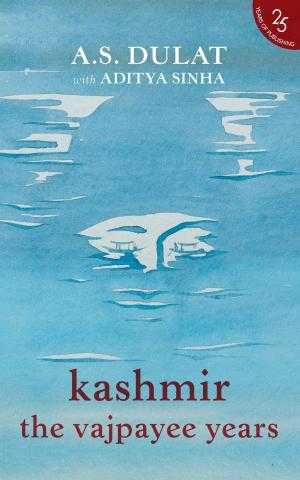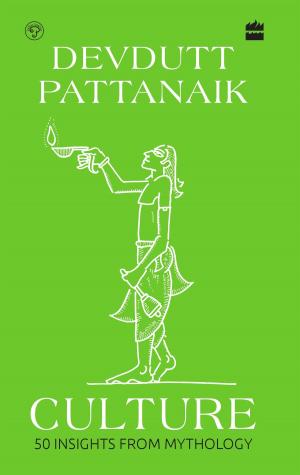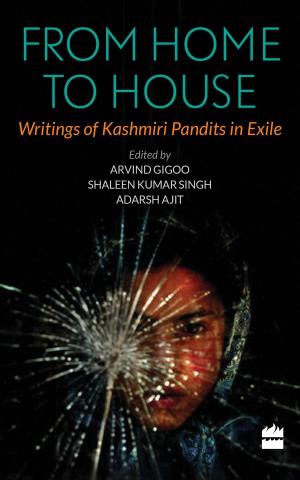Modi and Godhra : The Fiction of Fact Finding
Nonfiction, Social & Cultural Studies, Political Science| Author: | Manoj Mitta | ISBN: | 9789351160311 |
| Publisher: | HarperCollins Publishers India | Publication: | February 10, 2014 |
| Imprint: | Harpercollins | Language: | English |
| Author: | Manoj Mitta |
| ISBN: | 9789351160311 |
| Publisher: | HarperCollins Publishers India |
| Publication: | February 10, 2014 |
| Imprint: | Harpercollins |
| Language: | English |
No instance of communal violence has provoked as much controversy as the Gujarat 2002 carnage, in which over 1,000 people, mostly Muslims, were killed. And none has been subjected to as much fact-finding, especially under the monitoring of the Supreme Court. Sifting through the wealth of official material, this book contends that the fact-finding - riddled as it was with ambiguities and deceptions, gaps and contradictions - glossed over crucial pieces of evidence, and thereby shielded the powers that be. Though it gave a clean chit to Chief Minister Narendra Modi in 2012, the Supreme Court-appointed special investigation team (SIT) left unasked a range of key questions on the anti-Muslim violence following the burning of a train in Godhra carrying Hindutva activists. How could Modi claim, Manoj Mitta asks, to have been unaware, for nearly five hours, of the first post-Godhra massacre, which took place at Ahmedabad's Gulberg Society? How does this claim square with his admission that he was tracking the violence as it unfolded? Why did Modi take five days to visit riot-affected areas in Ahmedabad and a month to meet Muslim victims in a refugee camp? Why were forensic experts called to see the burnt Godhra coach only after two months, although it had been open to the public throughout that period? What exactly did Modi celebrate in his Gaurav Yatra, which he launched within six months of the carnage? Why did the Gujarat police sit for six years on the call data records of the riot period? Scrupulously researched, The Fiction of Fact-finding draws telling parallels between Gujarat 2002 and the 1984 massacre of Sikhs in Delhi to underline an insidious pattern in Indian democracy: the subversion of the criminal justice system, under a shroud of legal platitudes, by the ruling dispensation.
No instance of communal violence has provoked as much controversy as the Gujarat 2002 carnage, in which over 1,000 people, mostly Muslims, were killed. And none has been subjected to as much fact-finding, especially under the monitoring of the Supreme Court. Sifting through the wealth of official material, this book contends that the fact-finding - riddled as it was with ambiguities and deceptions, gaps and contradictions - glossed over crucial pieces of evidence, and thereby shielded the powers that be. Though it gave a clean chit to Chief Minister Narendra Modi in 2012, the Supreme Court-appointed special investigation team (SIT) left unasked a range of key questions on the anti-Muslim violence following the burning of a train in Godhra carrying Hindutva activists. How could Modi claim, Manoj Mitta asks, to have been unaware, for nearly five hours, of the first post-Godhra massacre, which took place at Ahmedabad's Gulberg Society? How does this claim square with his admission that he was tracking the violence as it unfolded? Why did Modi take five days to visit riot-affected areas in Ahmedabad and a month to meet Muslim victims in a refugee camp? Why were forensic experts called to see the burnt Godhra coach only after two months, although it had been open to the public throughout that period? What exactly did Modi celebrate in his Gaurav Yatra, which he launched within six months of the carnage? Why did the Gujarat police sit for six years on the call data records of the riot period? Scrupulously researched, The Fiction of Fact-finding draws telling parallels between Gujarat 2002 and the 1984 massacre of Sikhs in Delhi to underline an insidious pattern in Indian democracy: the subversion of the criminal justice system, under a shroud of legal platitudes, by the ruling dispensation.
